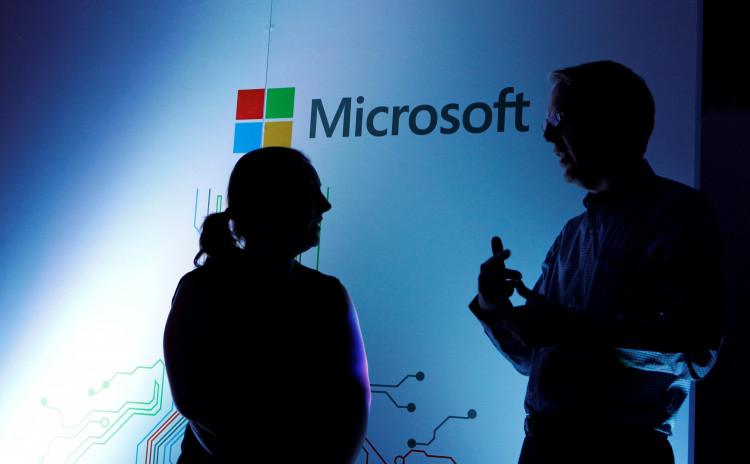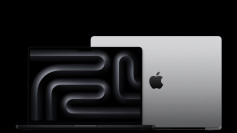Earlier this week, tech giant Microsoft promised that the Windows10 19H2 update will be released as a non-disruptive feature update. This led many in the community to believe that Microsoft is planning to adopt a cumulative update approach. While the tech giant has yet to confirm this, many believe that this will be the new norm when it comes to releasing major updates to users.
Since the initial release of Windows 10 in 2015, Microsoft has done a lot of upgrades and updates in order to keep the quality of its flagship operating system on top shape. The company has also developed its own regular update release schedule. This being the first feature update of the year will usher in new features, while the fall update will focus mainly on performance, quality, and security updates. This gave birth to the H1 and H2 release schedules, the H1 is the major release while the H2 is widely considered as a minor release.
Microsoft has shied away from committing in this release schedule. As is true with the entire computing industry, companies must be open to embracing change and not just rely on a single, strict strategy. As rumors continue to grow, Microsoft addressed this is a statement saying, "Given the scope of the 19H2 release, we're taking the opportunity to try something new in an effort to continue to improve the Windows 10 update experience."
At this point of the year, it is hard to imagine Microsoft transitioning into this different update rollout approach. While this cumulative approach when it comes to rolling out updates have been well-received by the community, Microsoft is still skeptical as to its reliability in the long term perspective.
Microsoft is notoriously suspect when it comes to rolling out updates on a regular basis. The reason behind this is quite simple, the company's closed system is prone to a lot of bugs and new hacking techniques. While Microsoft is sometimes quick to roll out updates to patch these bugs, having to update your system on an irregular manner is a time consuming and unconducive practice, especially for large businesses and enterprises.
The company has tried several approaches in the past and has promised on several occasions that it will develop a stable release timeline. It is clear that Microsoft is still committed to working a stable release window for its updates and patches. Before that happens, users are stuck with the current disruptive way the tech giant rolls out these important updates.






